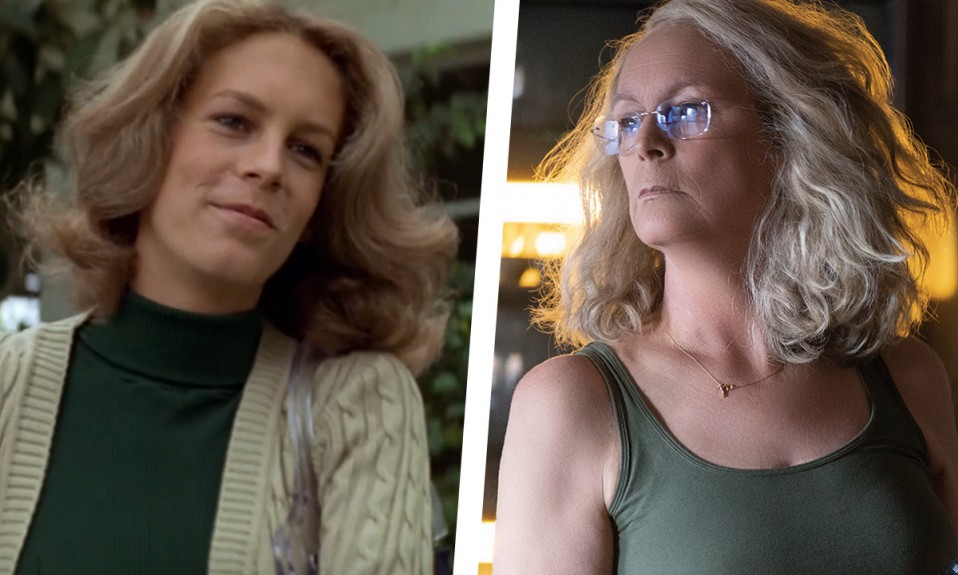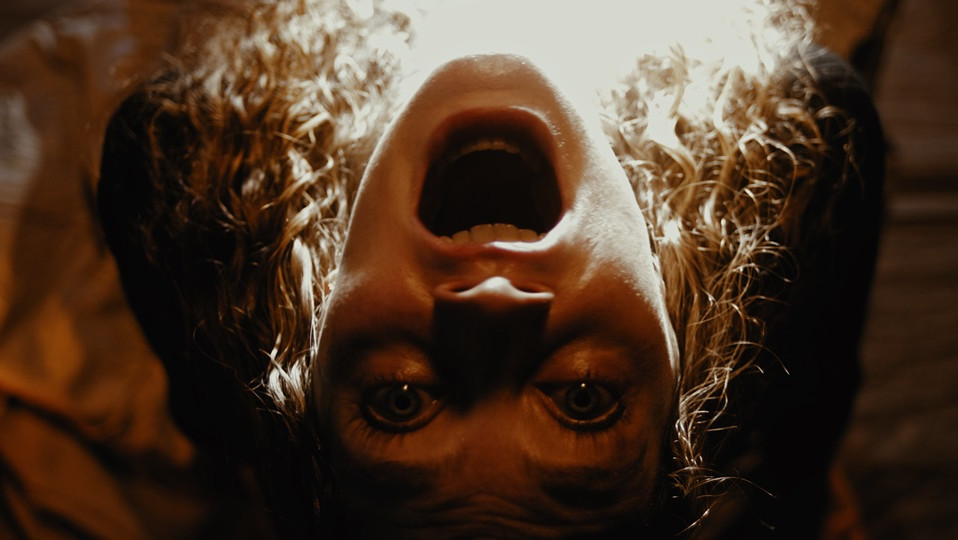Horror is a strange genre of film. For all of its freedom to create a frightening piece of work, it also seems to be the most restricted, the threat of it being ‘too scary’ looming over its head. It’s a fine line to walk between ‘creepy’ and ‘cliché’ – with every one person that finds The Nun horrifying, there are nine more who find it laughable.
Yet, for all of its rules, the genre also seems to understand that it needs to evolve in order to stay relevant. No longer is it just the masked man wielding a chainsaw out to get you, it’s also the chavs you stumbled across on your romantic getaway. No longer is it just malevolent forces whose home you have just moved in to wanting to rip you apart, it’s also someone who just wanted to kill you for the sheer thrill of it. The characters themselves have evolved over time – men are no longer void of emotions aside from sexual desires; they’re remorseful, protective, impassioned.
Women have evolved too and are no longer the pure virgin, the damsel in distress waiting to be saved, lungs sore from screaming the whole film – they’re mothers protecting their children, they’re stronger, finding ways to defend themselves so the fight against evil isn’t so one-sided. Laurie Strode defines that evolution.
Happy Halloween
Halloween was released in 1978 and became an instant horror classic. From the opening shot of Michael’s first murder to the music that travels around Michael to that William Shatner mask, John Carpenter created (perhaps unwittingly) a horror legacy. The film follows Michael Myers, an escaped convict, as he returns home on Halloween night, fifteen years after killing his sister in order to kill again. His new obsession? Laurie Strode.
Laurie in the 1970s was a fair-haired, intelligent teenager. Naive but sweet. She had the aura of a girl who would roll her eyes if you asked her for the homework answers but would still hand you the completed worksheet. In fact, one of her friends asks her to look after the girl she’s babysitting in order to go and see her boyfriend – after much back and forth, eventually Laurie agrees to. A typical character of the time, a lovely girl who no one expects bad things to happen to.
From the moment Myers first stabs Laurie’s shoulder, there is a hint of what Laurie could be, the strength she has inside. She smashes a window open in order to escape, she makes sure the children are safe by keeping them upstairs away from the chaos and she stabs Myers in the neck with a knitting needle, with the aim of killing him. However, with knowing that Myers’ doctor, Dr Loomis, is out there looking for him there is a sense of waiting. Waiting for the heroine to be rescued from the big bad wolf.
After the infamous closet scene, where Laurie stabs Myers in the eye and then promptly stabs his chest with his own dropped knife, she begins to slip back into her exhaustion. Myers rises behind her and strangles her, taking advantage of her state of near unconsciousness. Though she puts up a good fight, it’s not until Loomis appears and shoots Myers that he stops. After falling from the balcony and after being shot and stabbed multiple times, Myers still finds the energy to get up and slip away. Laurie sobs, knowing the fight isn’t over, knowing that he’s still alive – and that is the final shot of Laurie Strode in 1978.
Though Myers kills others in this film, there’s a disturbed intent on killing Laurie. Even after she believes she’s killed him (twice), instead of disappearing as he does after he’s been shot, Myers immediately attempts to kill her again. It’s as if he can’t rest until he’s finally killed her, which he attempts to do again, forty years later.
Laurie’s Return
Laurie Strode in 2018 is a stranger to Laurie Strode in 1978. Her hair is still wild, but white, her smile is gone and she is hardened by the events that have happened to her in the past. She has weapons in her house and she’s been training forty years for Myers’ reappearance. Gone is the naivety, her underlining strength becoming the forefront of her very self. Though she has mental health issues, having a panic attack at her daughter’s house, it doesn’t deter Laurie for she has more than just herself to fight for – she’s fighting for her estranged daughter Karen and for her granddaughter Allyson.
Though Laurie is hell bent on destroying Myers once and for all, she also understands the importance of keeping her family safe, just as she understood the importance of keeping those children safe all those years ago.
In the final scene of the more recent Halloween film, Laurie (with the help of her family) traps Myers in a safe room as it fills with gas. She lights a flare and tosses it into the room, setting it and the rest of the house aflame. It’s redemptive – she doesn’t sob with fear, nor is there a hint that Michael is still alive. She works together with her family, her courage coming from them as well as from herself. The three women embrace as they’re taken to safety, relieved that a forty-year nightmare is finally over – and that is the final shot of the film and of Laurie Strode.
Though the 2018 film may have had more of an impact on Halloween’s progression had there not been many more films in the franchise, it is hard to deny to the impact the films have had on horror lore as a whole. Laurie Strode defines those films just as much as Michael Myers. Her evolution from sweetheart to conqueror is just as vital and iconic as the William Shatner mask.
Also Read: Research Shows How Cinema Therapy Helps Reduce Anxiety













2 Comments
Comments are closed.